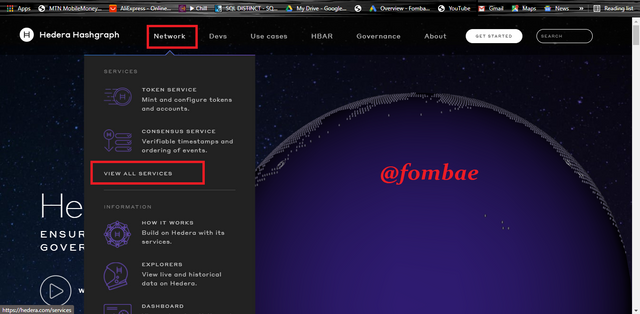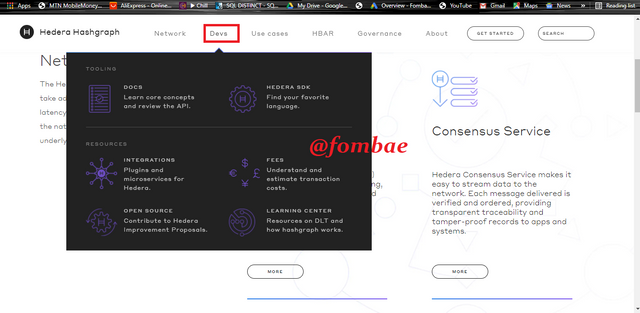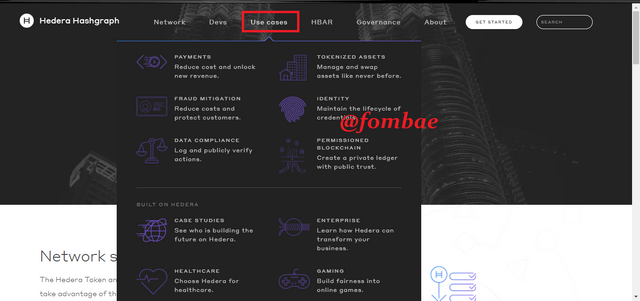Crypto Academy Week 16 - Homework Post for [Crypto Professor @pelon53]

Before, I will be going into detail on my homework task for this week. I will look at what is Hashgraph and what is Gossip protocol.
What is Hashgraph
Hashgraph is a consensus algorithm that adopts a secure and faster means of moving data information using concepts like "gossip about gossip". Hashgraph has a reputation for terrifying signatures and handling a good number of transactions in seconds. This reputation has given it the nickname "The new generation of blockchain", trying to take over. The transactions here are not validated by miners, it's done by an acrylic graph where the blocks are not divided due to time sequence during transactions. The protocol used here is called " gossip about gossip" which is used to move data information between nodes in a network.
1.- Explain in detail the Gossip protocol, used in Hashgraph.
What is Gossip protocol?
As you mention gossip, the first thing that comes to mind is communication. The protocol is like a path to use, So I will say gossip protocol is a path where digital devices are used to send information on a node's network. This path is used to move data information fast and secure over a blockchain network. The means of moving secured information came about the name Gossip.
The Epidemic Algorithms for Replicated Databases Maintenance of 1987 by Greene Dan, Demers Alan, Terry Doug, and others motivated the origin of the gossip protocol. This study boosted the practice of using the gossip type protocol in routing network systems on the internet.
How does the Gossip protocol work?
As I mentioned above, this protocol is all about moving information across a network and between nodes. These nodes are randomly paired to each other on the network. Here, information can then move from one node to the other nodes which are paired with it. When it's done, information is efficiently sent within the network in a short time. Nodes are paired to nodes on the same network by securing the transmitted information on the network. Remember the nodes paired randomly but making sure it doesn't pair to nodes that have already know the information. This is to make sure they are not repetition or duplication on the network. The nodes must are ready to receive the corresponding amount of information from their pair on the network.
The main reason behind this protocol is to send information as fast as possible over a network. The different type of gossip protocol
- Broadcast protocol
- Aggregate protocol
However, the nodes paired are connected via their parent hashes called gossip about gossip. This method used the graph of hashes which I mention above, directed by an acyclic graph to record events taking place on the network. Each node keeps the information while sending it to the next random nodes on the network while holding the timestamp, both self-parent and other-parent hashes of the events.
Advantages of the gossip protocol
- Gossip protocol and completely decentralized and autonomous when sending information. As the information moves from one node to the other with no middle man operations.
- Lesser chances of losing information, as the information can be sent to any random nodes. The fact each node keeps a copy of the original information, even nodes are affected information movement will not be interrupted.
- Gossip protocol is efficient in its performance as the nodes only sent the corresponding amount of information that it received making the protocol highly scalable.
Disadvantages
- In the case where the information is affected can cost nodes to receive modify data that contains false or wrong information.
- Given that the pair don't pair with nodes out of the network if the network goes down everything goes.
2.- Explain Byzantine Fault Tolerance in Hashgraph.
Explain Tolerance to Byzantine Faults in Hashgraph
Byzantine Fault tolerance is a situation on a network where nodes can accommodate the delay and failure of other nodes on the network. Implementation of Byzantine Fault Tolerance in Hashgraph is important since the nodes on the network are autonomous to each other. Trust is a factor in the network since whatever information nodes hold, is what the nodes received from the previous nodes on the system.
Here they are a need for a consensus agreement between the nodes on the network. The fact that some nodes can be affected, a good number of nodes be trustworthy. So the consensus agreement will rely on the trustworthy nodes ignoring the affected nodes. Comparing the timing, transaction chances of trustworthy nodes to sent the write information are high to reach a correct consensus agreement.
3 - Make a comparison between Hashgraph Vs Blockchain, for a voting process in your country. Which technology would you choose? Why?
Let me first outline the differences between Hashgraph and Blockchain
- Consensus algorithm
Blockchain used more than one consensus algorithm (Proof-of-Stake, Proof-of-Work, etc). Meanwhile, Hashgraph does require the virtual voting used to gain network consensus.
- Transaction speed
Blockchain transaction speed relies on the protocol implemented on the network processing about 100 -10 000 transactions per second. Meanwhile, the gossip about gossip protocol implemented by Hashgraph can execute a faster transaction at a speed of 500 000 per second.
- Efficient
Blockchain gets to waste resources and effort put In by its miners in the case where two blocks are mine at the same time. Meanwhile, Hashgraph is highly efficient as no resource is wasted given that information on the network is held by each node that received the information. Again, Hashgraph does not use the block method on the network.
Looking at my country Cameroon, located in Central African and a developing country for the matter. Cameroon had its independence in 1960, more than 60 years ago. The country has been ruled by only two Presidents. Cameroon has held series of elections, both presidential and parliamentary. Same people always have the day making look like they own the country, others cry foul play during vote counting, with no concrete evidence.
To have a fair and transparent voting process, I will choose Hashgraph technology.
With the execution of the gossip about gossip protocol, each voting record will store on the network. The problem we always have of data been lost when transporting the voting results from the remote area will not exist. Given that on the network, if nodes are affected, it will not disrupt the movement of information as the nodes will simply pair with available nodes ready to receive the information. So another way I can say since my country Cameroon is a developing country, implementation of Hashgraph will be cheaper and affordable for the government. By so doing, we have efficient and accurate results within less time. Remember, carry out digital voting will increase the chance of more people voting too.
4.- Explore Inherit Hashgraph(show screenshots).
Let navigate the hedera web platform, and I will be displaying screenshot from my laptop.
First, let visit the official website by clicking the link Hegera Hashgraph
Menu bar, you have Network, Devs, Used cases, HBAR, Governance, and About.

- Network
Move your mouse over the network tab, a dropdown will appear. Here you have the services and information about the network.
- click to view all services to move to a new page

- DEVS
Here you have access to documentation on how to use the API and another minor service offer by Hadera.

- Used cases
This section allows the user to use some of the services offer.

- HBAR
Here you can create your account and learn more about the HBAR token.

- About
Here you have access to the team, news, and importantly the roadmap.

CC: @pelon53
Gracias por participar en Steemit Crypto Academy:
El la 2da pregunta, sobre la Tolerancia de Fallas Bizantinas asincrónicas, faltaron datos importantes y mayor profundidad del tema. Como por ejemplo, para llegar a un consenso, debe haber no más de 1/3 de nodos maliciosos o dañados.
Faltaron tus conclusiones finales y justificar el texto.
Espero seguir leyendo tus publicaciones.
Calificación: 6.6